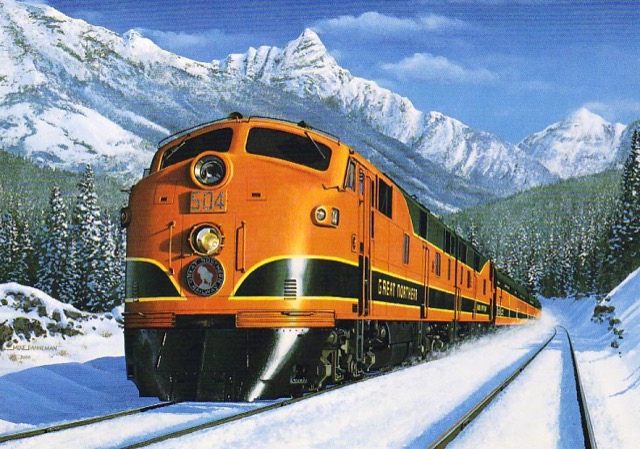The Federal Highway Administration has started publishing its 2016 Highway Statistics, including the latest data on highway miles, miles of driving, and road conditions. Most financial data are not yet available nor are driving data broken down by urban areas, but these should appear soon.
The data show that the number of bridges considered “structurally deficient” declined by nearly 5 percent from 58,791 in 2015 to 56,007 in 2016, continuing a trend that goes back to at least 1990, when 137,865 were considered deficient. The last American highway bridge to collapse due to a maintenance failure was Tennessee’s Hatchie River Bridge in 1989. I suspect that failure led the Federal Highway Administration to increase its monitoring of bridge conditions to encourage states to keep them maintained.
The new data also show that pavements in 2016 were slightly less rough than in 2015. The improvement was not uniform, however. The data indicate that pavements in Arkansas were much rougher in 2016 than in 2015, and the difference was so great that I suspect either a data error or someone in Arkansas was misreporting the data before 2016. Continue reading








